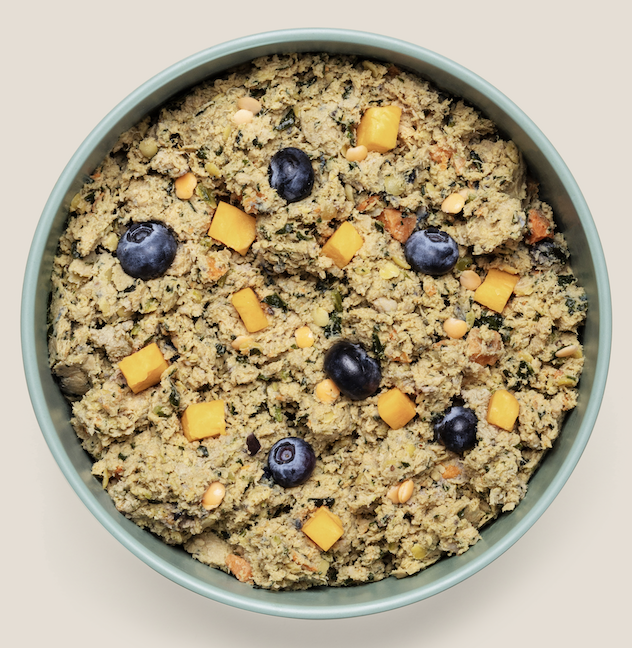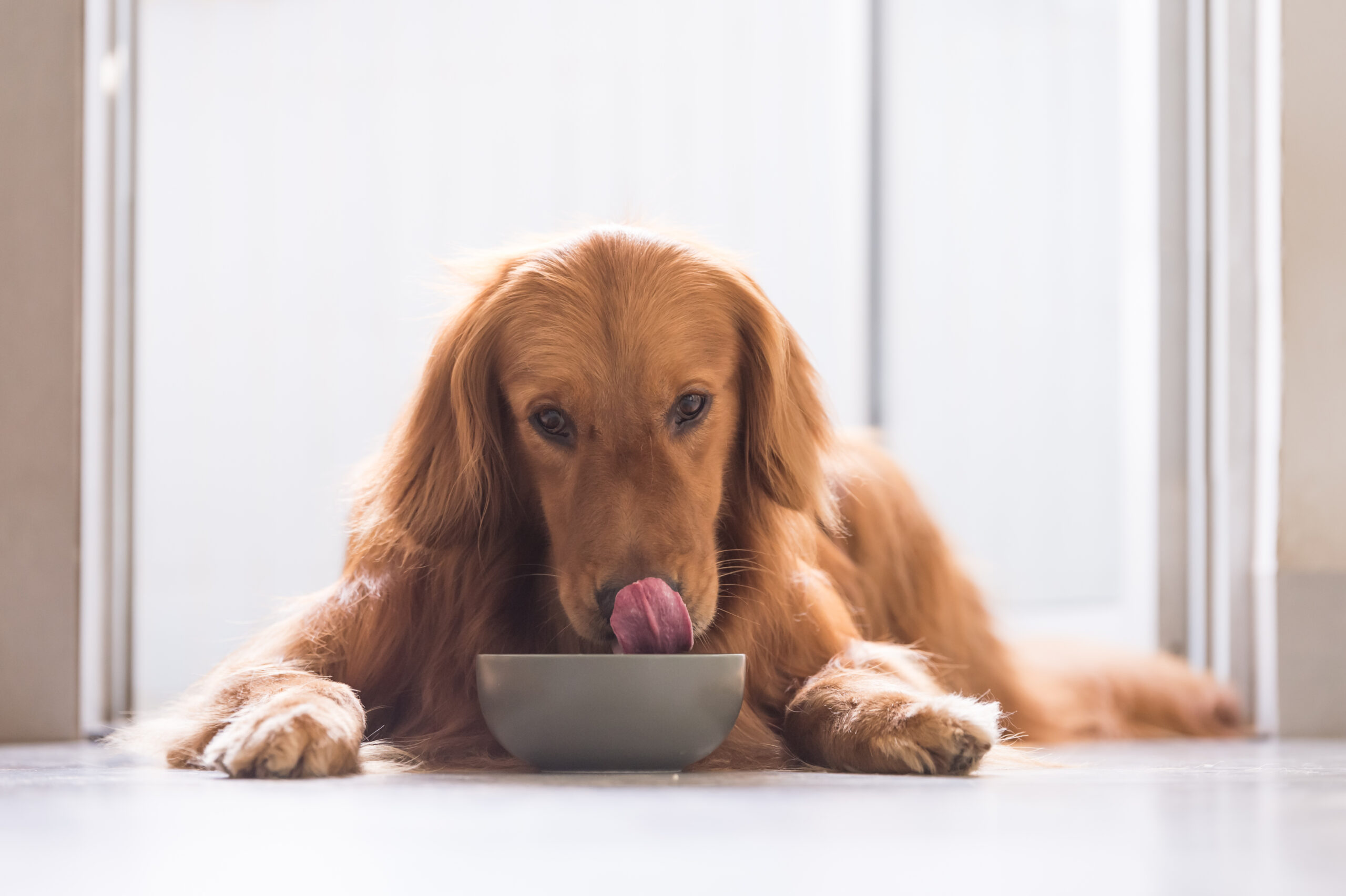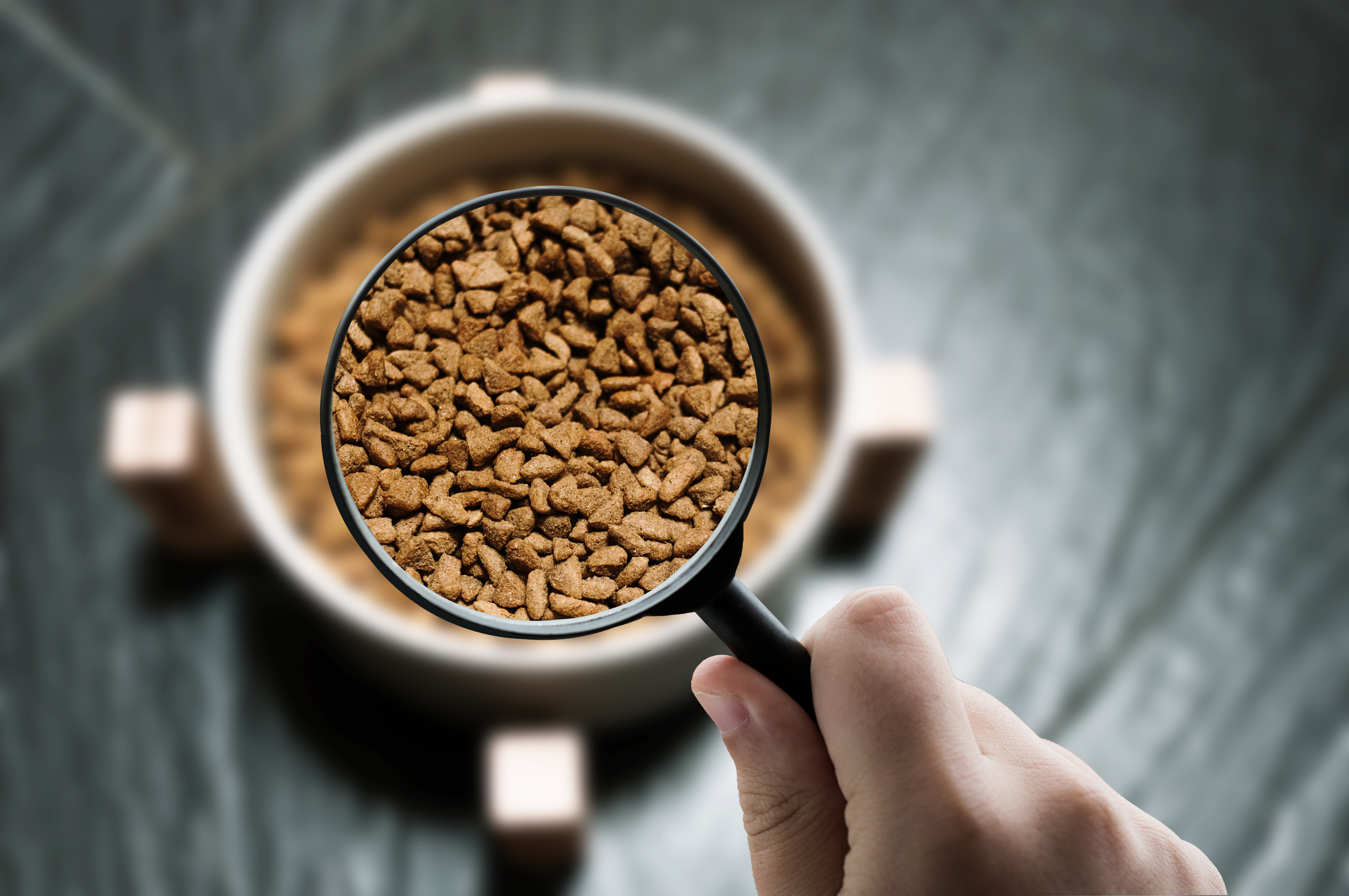Hey Ollie blog readers! We’re offering you an exclusive 60% OFF your starter box! Try now!
It’s no secret that transitions can be tough. When it comes to switching your dog’s food, good information can mean the difference between a smooth or rough transition. Changing your pup’s diet abruptly or without some pro guidance can result in a serious mess—think projectile vomiting or diarrhea.
To simplify your dog food switch, the Ollie team sat down with veterinarian Imogen Slome, VMD, to cover the most common questions and concerns about transitioning dog food. Read on before you make any changes.
Why would a pet owner need to transition their dog’s food?
Dr. Slome: There are many reasons why you might need to change your dog’s diet. If you are feeding a puppy-specific formula, you’ll need to transition your dog to an adult food when they are old enough. Also, if your dog gets sick and needs to eat a bland diet for a few days, you might need to transition them from the bland diet back to their normal food. Other reasons to change diets include switching from kibble to a fresh food such as Ollie, switching formulas to rotate protein sources in your dog’s diet, alleviate food allergies, or support healthy aging. If you have concerns about what your pup is eating or making the transition, discuss them with your vet before you start the switch.
Is there a formula for transitioning from an old diet to a new one?
Dr. Slome: Absolutely! When transitioning dog food, the key is to slowly introduce the new food mixed into the old food, so that your dog’s system will not be distressed. The complete transition should take about a week and there’s a simple formula, with each step lasting three days.
- Days 1–3: Serve 25% of the whole portion size of the new food mixed with 75% old food
- Days 4–6: Serve 50% of the new food mixed with 50% of the old food
- Days 7–10: Serve 75% of the new food mixed with 25% of the old food
- Day 11+: Serve 100% of the new food
Some dogs may need more time to regulate during the transition, so feel free to add an extra day or two if your dog is showing any signs of distress (e.g., abnormal poop or behavior). The most important thing to do is listen to your dog. If you take it slow, watch their signals, and adapt as needed, you’re in for a smooth transition. If your dog suddenly refuses food or has issues with vomiting or diarrhea, contact your vet.
Read More: Best Food For Dogs With Sensitive Stomachs & Digestive Issues
What are the dangers of switching a dog’s diet without a transition period?
Dr. Slome: The biggest danger is gastrointestinal distress, which could be mild to severe depending on the dog and includes signs such as diarrhea or vomiting, or a more serious illness caused by a strained digestive system. The most important reason to use a transition period is simply because it’s impossible to predict your dog’s experience. It could be absolutely seamless or it could be difficult and distressing, and since you don’t know, a careful transition period that blends the old diet with the new one is best.
Are there ever instances when you should not transition a dog’s diet?
Dr. Slome: Yes, your dog shouldn’t be transitioned if they have been prescribed a special diet by a veterinarian for a disease or a specific allergy. In these circumstances, your vet will provide you with clear instructions. Does My Dog Need an Allergy Test?
What’s the best way to handle a diet transition for a dog with food allergies?
Dr. Slome: Food allergies are a complex topic, but the short answer is that like any diet transition, it should be slow and gradual unless otherwise specified by your veterinarian. If you have specific concerns about a food allergy with your dog, always consult your vet before making any diet changes.
What should pet parents look for in their dog’s poop during a transition?
Dr. Slome: No news is good news! A smooth transition will result in poop that is familiar in both looks and frequency. If your dog’s #2 starts looking abnormal in any way (e.g., diarrhea or constipation), extend the transition for an extra day or two. Your dog’s system should regulate on its own. If it doesn’t, contact your vet.
In addition to poop, what are the signs to keep going or slow a diet transition?
Dr. Slome: Normal behavior and energy levels would indicate that the transition is going well. Vomiting, loss of appetite, and decreased energy are signals that the system is distressed. Again, slow the transition for a day or two, and contact your vet if signs persist.
How Do I Tell If My Dog Likes Their Food?
Are there any other special circumstances or exceptions to the diet transition process?
Dr. Slome: Yes, there are different guidelines for puppies, dogs who are pregnant or just gave birth, and dogs with concurrent diseases. For example, if a vet is prescribing a diet for a diabetic dog, they’ll offer a different approach to transitioning dog food. Definitely seek your vet’s advice in such circumstances.
What if the dog loves the new food and eats it too fast?
Dr. Slome: I’d recommend putting the food in a Kong toy or puzzle-type dish that makes it harder to binge. You could also ration the portions to slow your dog’s pace.
Contributor information: Dr. Slome received her Doctor of Veterinary Medicine degree from University of Pennsylvania in 2016.
Transitioning Your Dog to a Fresh Food Diet
At Ollie, we believe fresh food diets provide the healthiest nutrition for dogs. But if your pup’s digestive system is accustomed to kibble, it may not be so quick to agree. That’s why a gradual and controlled change is especially important when transitioning from processed kibble to a fresh food diet.
Follow the formula outlined above to create your dog’s transition timeline and determine their portions of new and old food, and keep these tips in mind to ensure a successful switch:
- Take it slow — Resist the urge to rush your dog’s transition. Even if they love their new food, their digestive tract needs time to acclimate.
- Observe – Monitor your dog’s behavior including any vomiting or unusual stool (e.g., increased frequency, consistency, or diarrhea). This may indicate that you’re transitioning too quickly and need to slow down.
- Stay the course — One bout of loose stool, vomiting, or inappetence doesn’t mean you need to throw in the towel and put your dog back on their old food. Doing so could erase any progress you’ve made or make your dog’s signs worse. Simply go back to the last step for a few days. Contact your vet if your dog’s signs persist, as an underlying health issue or stress may be to blame.
Change isn’t always easy, but when it comes to converting your dog to a fresh food diet the payoff—a healthier, happier pup—is priceless. And, if you need help, we’ve got your tail—our canine support team is available by email or phone to answer all of your food transition questions.


Find Out Which Recipe Plan is Right for Your Dog’s Needs
Get 60% of your first box of Ollie’s fresh
delivered meals today!
The Ollie blog is devoted to helping pet parents lead healthier lives with their pups. If you want to learn more about our fresh, human-grade food, check out MyOllie.com.
Tagged As:

The nutrition your dog needs,
the food they want.

Enjoying our articles? Subscribe our Newsletters and get new articles directly to your inbox
You might also like
11 September 2025
5 MINS READ
Does Your Dog Need Organic Food?
With terms like “organic,” “fresh,” and “human-grade” floating around, it can be hard to determine how these diets are different and which options are best for your dog. While organic dog food sou…
by Ollie Pets
11 September 2025
5 MINS READ
Avoiding Common Dog Food Allergies
No pup parent wants to see their dog struggle through the discomfort and complications that come with food allergies. While food allergies affect just 0.2 percent of dogs according to Banfield Pet…
by Ollie Pets
29 August 2025
8 MINS READ
Ultra-Processed Kibble Risks: The Science of Safer Fresh Meals
Like most pup parents, you want to give your dog the best life possible. While you might carefully read ingredient lists on dog food labels, there’s something potentially harmful lurking in ultra-…
by Ollie Pets







